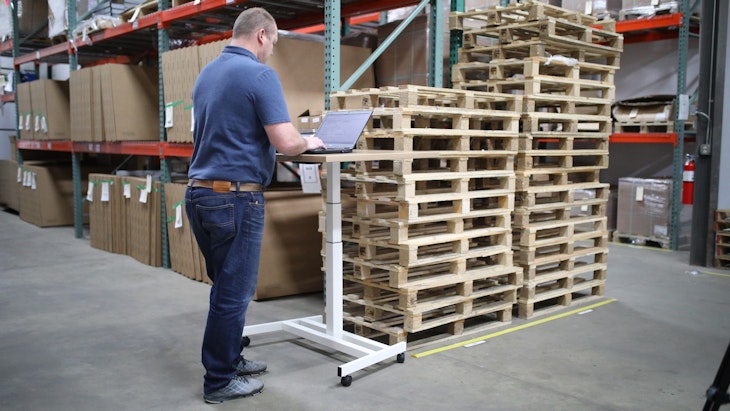Mandatory EU VAT Identification Number Effective 2020
The European Council approved proposals for “quick fixes” regarding VAT to simplify international trade. One of the VAT quick fixes, to be effective beginning of January 1, 2020, requires that VAT numbers are stated on customer invoices.
Matt HagemannPublished November 23, 2019
The changes will have considerable implications for online businesses that sell digital products. One of the quick fixes may require updates to administrative processes, VAT compliance procedures, invoice and billing processes, and other matters such as order completion processes with customers and vendors.
A customer’s valid VAT identification number is currently only a formal requirement to reduce the VAT rate to zero in European Union supplies of goods (including digital goods).
It has been a common misconception that you have to obtain and verify the VAT identification number of your customer in another EU member state. The Court of Justice of the European Union (CJEU) has ruled many times stating that this is not a substantive requirement for zero-rating. Therefore, the zero VAT rate cannot be refused simply because you did not receive a valid number from your customer.
VAT Number a Substantive Requirement for Zero VAT Rate
Under the new rules of the “short-term quick fixes”, the use of a valid VAT number will become a substantive requirement for applying the zero VAT rate. You will need to have proof that a customer has actively communicated the VAT number to you. It is not enough to discover the number yourself on the internet.
Many online businesses achieve this by offering an input field through which customers can provide their VAT number. The evidence of the date when the VAT number was communicated to you should be stored. If you use a 3rd party provider (merchant of record) for handling sales, ask to have this implemented as soon as possible.
Failing to comply can cause unnecessary havoc to a young startup and non-compliance can be picked up by tax administrations when your customers try to reclaim VAT.
Should you use our VAT number validations API, you’ll find an official consultation number in every record together with the date of entry and the date of request from VIES. We obtain them on your behalf. The consultation number is a piece of evidence given by VIES to prove that you have validated a given VAT number on a given date.
You also have to state the validated VAT number on your customer’s invoice, otherwise it will no longer be possible to apply the zero VAT rate as of January 1, 2020. Furthermore, you must file an EC sales list for zero-rated sales.
Instigate Robust and Automated Validation Processes
The new rules do not specifically require you to verify the validity of the number but you should be prepared to validate them on a regular basis. Tax administrations may reason that you should take reasonable steps to avoid becoming involved in any VAT fraud. You should therefore take all practical measures to verify your customers’ VAT numbers.
We’ve made it especially easy for you to validate VAT numbers automatically. A lot of business logic is already built-in and made available to you via API.
Mass VAT number validations are also possible, for example, to perform a quarterly review and re-validation process to avoid problems with deregistered numbers. If you’re using Stripe to handle charges, you can re-validate VAT numbers automatically when an invoice becomes due.
It would be a mistake not to implement robust processes because VAT liabilities may arise under the new rules.


